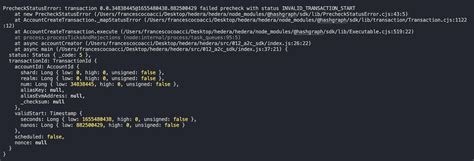Can I Use My Old Pentium 4 Desktop for Crypto Mining? A Guide to Upgrading and Getting Started
As the world of crypto mining continues to grow, many enthusiasts are looking for ways to upgrade their existing computing infrastructure instead of completely replacing it. One question that intrigued me is: Can I use my old Pentium 4 desktop for Ethereum mining if I upgrade it with a good graphics processing unit (GPU)?
Why is GPU mining important?
Before we get into the details, let’s briefly explain why GPU mining is crucial in the age of cryptocurrencies. The most popular cryptocurrencies to mine are Bitcoin, Ethereum, and Litecoin. These digital currencies require significant computing power to verify transactions and create new units. Currently, the most profitable cryptocurrency mining relies on powerful graphics processing units (GPUs) or ASIC integrated circuits.
Issue: Power Requirements
Graphics processors like the NVIDIA GeForce GTX 1060 and AMD Radeon RX Vega 56 have specific power requirements to operate efficiently. These devices can draw between 250 and 500 watts of power, which is relatively high compared to traditional desktop computers.
Meanwhile, the Pentium 4 desktop you have can draw around 80 to 100 watts, which is significantly less than the power required for cryptocurrency mining. This means that your computer will need a significant upgrade to provide enough power to meet the power demands of the GPU.
Can I upgrade my computer?
If you want to try your hand at Ethereum mining on your old Pentium 4 desktop, upgrading it with a decent GPU may be feasible. There are some limitations and considerations to keep in mind, though:
- Power Consumption: As mentioned earlier, the power requirements of GPUs are significant. Unless you’re looking to upgrade your computer’s power supply or add more powerful components like a new motherboard or even a second processor, upgrading your computer may not be practical.
- Cooling and Airflow: An older Pentium 4 desktop probably doesn’t have the same cooling system as modern computers. This can lead to overheating issues, which is especially problematic when mining cryptocurrency with GPUs, where excessive heat can damage your hardware.
- Graphics Card Compatibility: You’ll need a compatible graphics card that will fit into the space available in your computer. An older Pentium 4 desktop may not have room for a larger or more powerful GPU, limiting its potential for Ethereum mining.
Alternative Options
If upgrading your computer is too difficult or impractical, you may want to consider other options:
- Stationary Crypto Mining Equipment: You can purchase off-the-shelf desktop crypto mining equipment designed specifically for crypto mining. These types of devices often have lower power draws and are optimized for performance.
- Cloud Computing Services: Cloud computing services allow you to rent computing power from the cloud, which can be more convenient than completely upgrading your computer. Many cloud mining services offer Ethereum mining as an option.
Conclusion
While it is theoretically possible to use an older Pentium 4 desktop computer to mine Ethereum with a GPU upgrade, doing so comes with significant challenges and limitations. If you decide to proceed, be prepared for the power requirements of GPUs, potential cooling issues, or alternative options like desktop crypto mining rigs or cloud mining services.
Before you make a decision, consider your budget, the amount of space available for your computer, and the potential risks of upgrading older hardware.
